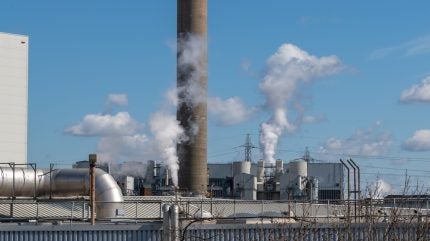
Waste incineration plants across England and Wales must now follow updated rules to ensure they meet environmental standards. The government has clarified when these facilities need permits and how they should manage emissions.
This move aims to simplify compliance for operators and strengthen environmental protections, especially for plants burning or treating waste with heat. Here’s what you need to know.
Operators and regulators of waste incineration plants must adhere to the Environmental Permitting Regulations (England and Wales) 2010. These rules incorporate the EU Industrial Emissions Directive (2010/75/EU), outlining when and how waste incineration rules apply.
Chapter 4 of the directive governs facilities that use thermal processes, such as incineration, pyrolysis, and gasification, to treat solid or liquid waste. Regulators determine whether these plants require specific permits and if they meet emissions standards.
“The process involves clear steps to establish regulatory requirements,” the guidance states.
Excluded from these rules are plants handling radioactive waste, animal carcasses, or certain types of biomass like untreated wood or agricultural by-products, provided the heat generated is recovered.

US Tariffs are shifting - will you react or anticipate?
Don’t let policy changes catch you off guard. Stay proactive with real-time data and expert analysis.
By GlobalDataWhat counts as waste incineration?
A plant is classified as a waste incineration facility if it uses heat to burn waste or causes irreversible molecular changes in waste material.
Excluded facilities include small-scale operations, such as experimental plants treating less than 50 tonnes annually or devices with minimal technical sophistication.
Small waste oil burners, however, are not exempt and require permits under the Industrial Emissions Directive. Plants mixing exempt waste with regular waste must also comply fully with Chapter 4 requirements.
Small plants require local oversight
For smaller waste incineration plants (SWIPs) processing hazardous waste under 10 tonnes per day or non-hazardous waste below 72 tonnes daily, permits are issued by local authorities.
These permits ensure compliance with environmental standards, such as using the best available techniques (BAT).
Larger plants fall under stricter regulations and are overseen by the Environment Agency. “It’s critical that operators check whether their plant requires a local or national permit,” according to the guidance.
The clarified regulations aim to ensure compliance and environmental protection while offering clear steps for operators to follow.



